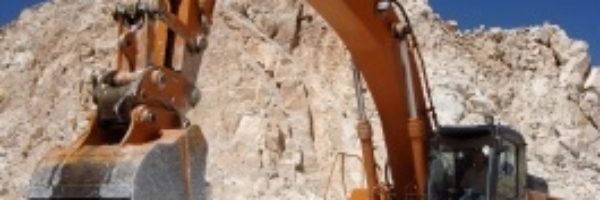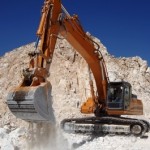Property prices in mining towns across the country have skyrocketed as demand outstrips supply. But it pays to do thorough research before exchanging contracts to make sure you’re not left holding a worthless asset when the boom goes off the boil.
Terry Ryder, founder of the property research web site hotspotting.com.au says when it comes to investing in mining towns, it’s all about acknowledging the risks involved.
“There are opportunities and people have made money. But the risk factor is high. Often you’re talking about single industry and sometimes single company towns. When bad economic times hit, it can devastate small mining communities,” he says.
Ryder cites the twin towns of Hopetoun and Ravensthorpe in Western Australia as an example. BHP Billiton opened a $2 billion nickel mine outside Ravensthorpe in 2008, ostensibly guaranteeing a lifetime of prosperity for the region. Property prices appreciated sharply. But six months later at the height of the financial crisis BHP Billiton closed the mine. Almost 2,000 people lost their jobs and property prices plummeted.
There’s a litany of mining towns that have suffered a similar fate with Dysart and Moura in Queensland and Cobar and Broken Hill in NSW among the rollcall.
Nevertheless, savvy investors in places such as Moranbah, deep in the heart of Queensland’s coal country in the Bowen Basin and Port Hedland in Western Australia, iron ore and now coal seam gas country, have enjoyed substantial gains over the last decade.
“Ten years ago a house in Moranbah would have gone for $90,000. Today they sell for $460,000 on average. But those prices are only sustainable if the boom continues and there will come a point when the heat goes out of it,” Ryder says.
Investors who want to enjoy some of the upside of the property boom but don’t want to expose themselves to a scary bubble scenario would do well to invest in properties in major regional centres close to mines, advises Ryder.
“So rather than buy in a small town you might buy in Toowoomba, which has a diversified economy and doesn’t need the resources boom to be prosperous,” he says.
Another property expert who advocates a similar approach is Albert Wong, who runs the property research and investment site wealthruproperty.com. Wong has done extensive research into two mining towns, Orange in NSW, where Newcrest owns the world’s biggest gold and copper mine in nearby Cadia Valley and Gladstone in Queensland, an area where liquefied natural gas mining is booming.
“Orange has five things going for it. It’s a tree-change, foodie and growing tourism destination with fine dining restaurants, it’s only three hours away from Sydney and it’s a university town with the Charles Sturt campus in nearby Bathurst. It has hi-tech medical facilities at the brand new Orange Base Hospital and real estate is relatively cheap, although prices are creeping up,” he says.
Wong says an investment in Gladstone is more speculative compared to Orange because although some of the LNG projects have been approved, they are still in their infancy and Gladstone is much further away from a capital city.
Of course, a problem for investors is getting hold of a property to buy in the more popular mining towns. Caroline Quinn, managing director of Pilbara Real Estate, says in Karratha where her business is based in Western Australia’s iron ore region, there are currently around 170 properties for sale.
“It’s been at that level over the last few months, although things have started to change in the last four weeks as people get the sense interest rates are on hold, so there’s been a bit more activity lately. But there’s a zero per cent vacancy rate for rental properties,” she says.
Quinn says average weekly rents in the area are around $1,600. A quick peruse of her web site shows there’s not much on the market for less than $700,000.
As to whether the current appreciation in property prices in mining towns is more than a bubble, Professor David Brereton, director of the University of Queensland’s Centre for Social Responsibility in Mining Sustainable Minerals says back in 2001, mining companies in the Bowen Basin were selling houses to employees for $50,000.
“If they’d predicted the mining boom they probably would have managed their housing stock differently. Is the current boom enough for private investors to take a long-term punt on residential properties in the area? I don’t know. Mining companies don’t make investments in these regions on the basis of a bubble; many projects have a 20-year lifespan. The market will come off the boil at some point, but at this stage, it’s impossible to say when.”
The Australian Financial Review, 15/09/11
Photo by Suat Eman.

